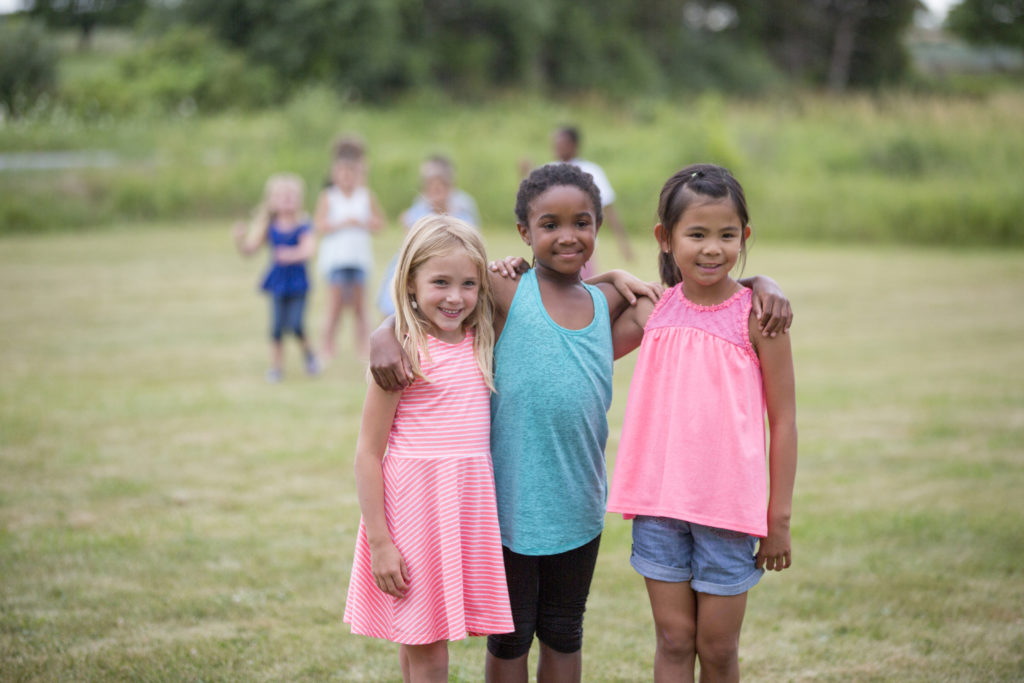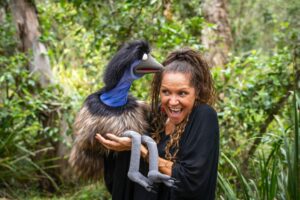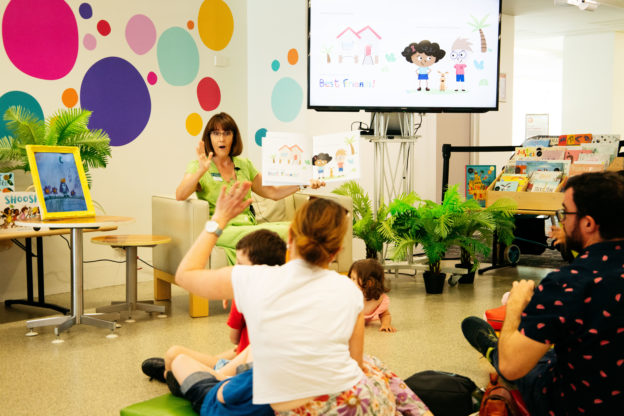Children’s Rights
History
Eglantyne Jebb, a strong British Social Reformer, who became fondly known as the lady in the brown cardigan, is known to have drafted the document that became the Geneva Declaration of the Rights of the Child.
This document was published by the International Save the Children Union in 1923, and it was adopted on the 26th September 1924 by the League of Nations as the World Child Welfare Charter. In 1946 the United Nations adopted the document, and it was expanded to become a statement of Child Rights. In 1990 Australia ratified the United Nations Convention on the Rights of the Child (UNCRC) which the United Nations General Assembly had adopted.
What is the UNCRC?
The UNCRC is the first legally binding international instrument to incorporate the full range of human rights for children —civil, cultural, economic, political and social.
The Convention sets out these rights in 54 articles and two Optional Protocols. It spells out the basic human rights that children everywhere have: the right to survival; to develop to the fullest; to protection from harmful influences, abuse and exploitation; and to participate fully in family, cultural and social life.
The Australian Human Rights Commission are accountable for making sure Australia is committed to human and child rights. Ms Anne Hollonds commenced as Australia’s National Children’s Commissioner on 2 November 2020. The role of the Children’s Commissioner is to monitor, review, research, and improve the lives of all children and young people in Australia. There is a requirement to report to the United Nations on the Rights of the Child and how Australia is fulfilling its obligation to children and young people. The Children’s Rights Report 2019 — ‘In Their Own Right’ reported how well children and young people in Australia are doing and what Australia is doing to promote children’s rights.
Child rights in Australia
Now
The Australian Children’s commission struggled to meet requirements set out by the United Nations Committee on the Rights of the Child in 2019 due to what is suggested to be a significant data gap. The UNCRC Committee recommended Australia address shortfalls related to:
- violence, including sexual violence, abuse and neglect
- children deprived of an adequate family environment
- the mental health of children
- the impact of climate change
- asylum-seeking, refugee and migrant children
- administration of child justice
We know:
- 1:5 children start school developmentally vulnerable.
- 1:4 children witness and get caught in the crossfire of domestic and family violence.
- 17% of children live in poverty, and the figure is higher for single-parent households.
- Many children are living in jobless families, in unstable housing, unsure of their next meal.
- Our First Nation children are at higher risk of being in out of home care.
- The first 1000 days of a child’s life shapes a child’s development and wellbeing, yet we know many children start life very vulnerable. Early Childhood Education and Care can change the path, however few families access early learning due to cost and complexity of the process. While access has improved, the process remains complex.
Children’s Rights Queensland is dedicated to educating and building awareness of children’s rights in the community. In Queensland, we need to do more to make sure every child has every right.
We recognise that:
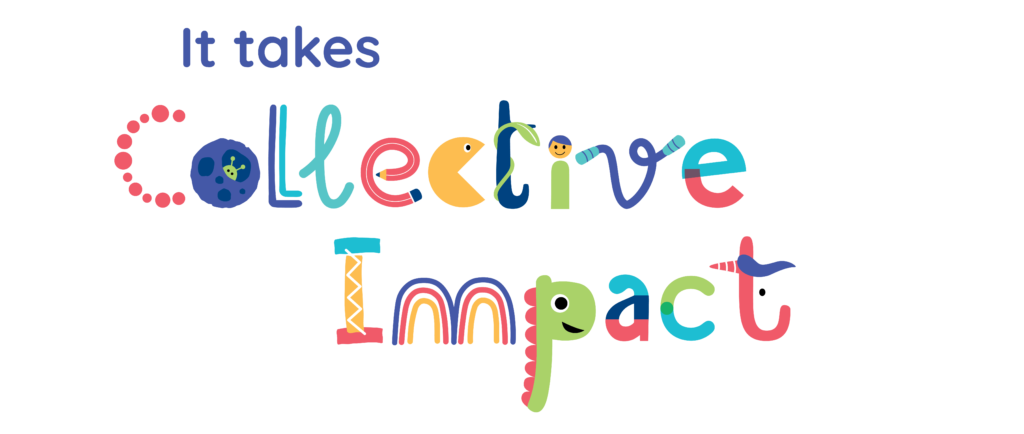
‘Alone we can do so little; together we can do so much.’ – Helen Keller
Organisations, governments, communities and individuals all have a role to play to ensure we realise every right for every child. We encourage everyone to:
- Consider how you can ensure children’s rights are protected.
- Promote Children’s Rights Queensland, its initiatives and resources to your communities.
- Educate others about children’s rights.
- Advocate for changes and reform to ensure every child’s rights are realised.
As a grassroots volunteer-led non-profit, Children’s Rights Queensland sees enormous value in collaborating with others to ensure greater education and advocacy of children’s rights in the community. If you would like to collaborate with us, nominate an Ambassador or join our committee click here to contact us.
Together we can all make a difference!
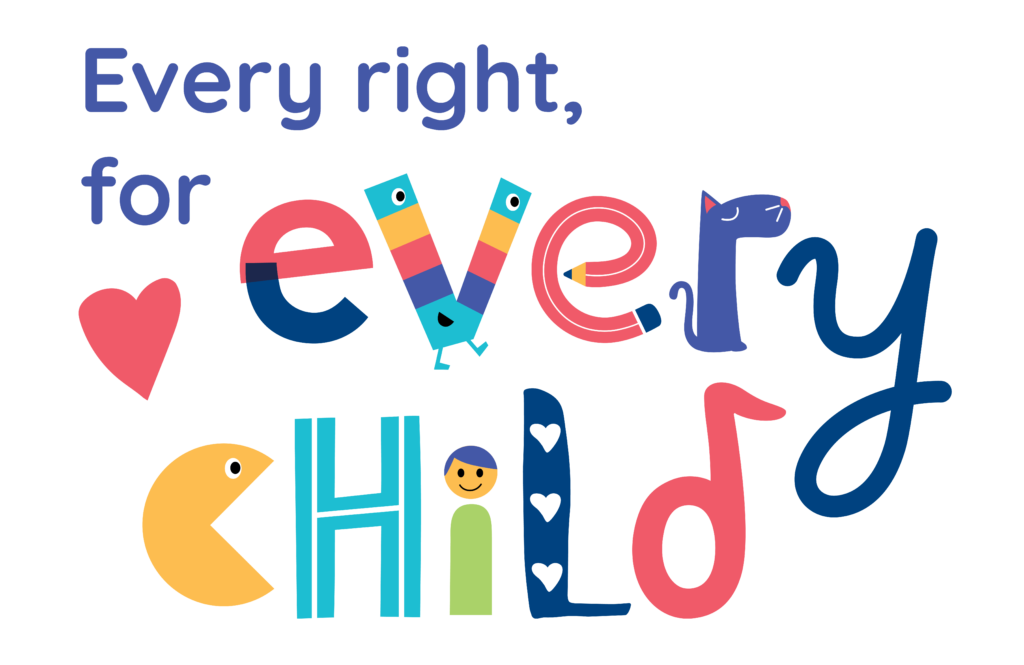
References:
- A summary of the rights under the Convention on the Rights of the Child. (2016). Unicef.org. https://www.unicef.org/montenegro/en/reports/summary-rights-under-convention-rights-child
- Geneva Declaration of the Rights of the Child, 1924 – Humanium. (2019). Humanium. https://www.humanium.org/en/geneva-declaration
- National Children’s Commissioner, Anne Hollonds | Australian Human Rights Commission. (2020). Humanrights.gov.au. Retrieved October 15, 2021, from https://humanrights.gov.au/our-work/commission-general/national-childrens-commissioner-anne-hollonds
- Australia’s children, The transition to primary school. (n.d.). Australian Institute of Health and Welfare. https://www.aihw.gov.au/reports/children-youth/australias-children/contents/education/transition-primary-school
- 17 per cent of children under 15 living in poverty | The Benevolent Society. (2016). www.benevolent.org.au. Retrieved October 15, 2021, from https://www.benevolent.org.au/blog/17-of-children-under-15-are-living-in-poverty
- Child and Youth Homelessness Report. (2016). Mission Australia. https://www.missionaustralia.com.au/publications/research/homelessness/460-home-and-away-child-and-youth-homelessness-report-2016/file
- Australian Institute of Family Studies. (2019). Child protection and Aboriginal and Torres Strait Islander children. Child Family Community Australia. https://aifs.gov.au/cfca/publications/child-protection-and-aboriginal-and-torres-strait-islander-children
- The First 1000 Days | Department of Social Services, Australian Government. (n.d.). Www.dss.gov.au. https://www.dss.gov.au/families-and-children-programs-services-children-protecting-australias-children/the-first-1000-days

